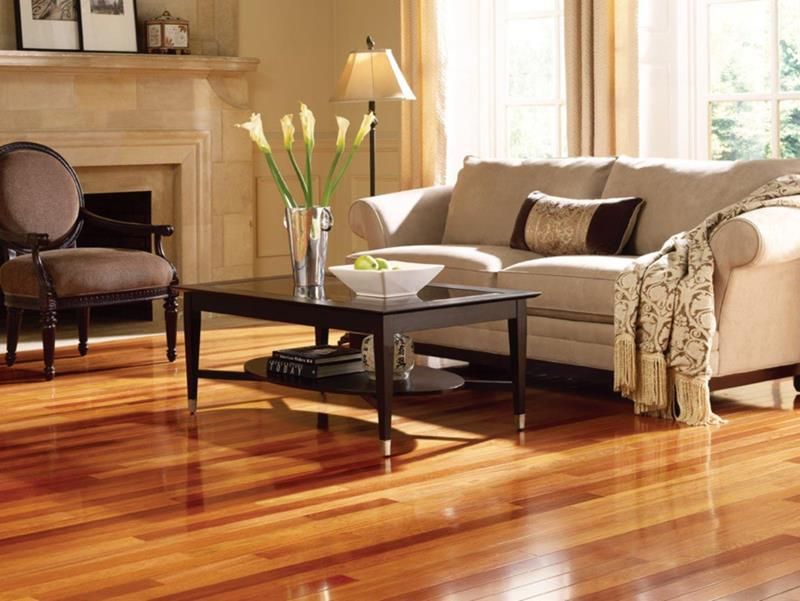Kashan rugs are the largest and most famous type of Persian rug, originally handwoven in the city of Kashan in Iran. Since their invention in the 17th century Kashan rugs have highly sought after for their intricate. And colorful patterns and their versatility and resilience. From antique Kashan rugs to modern-day handmade reproductions, many different types of Kashan rugs are available, each with its unique history and characteristics. The following guide will help you understand more about these different Kashan rugs and what makes them special.
A History Of Kashan Rug
As you can see from its name, Kashan rugs were made in Kashan. a city locate in Iran. However, their history goes further than just Iran: these rugs were originally made in China by Persian-speaking weavers about six centuries ago. Since then, Kashan rugs have become one of Iran’s main export products. These days it is estimated that around 2 million square meters (about 21 million square feet) produce in different factories all over Iran.
It makes them not only one of Iran’s most important exports but also gives them a great variety of styles to choose from. There are more than 150 unique designs for Kashan rugs alone! And even though they come in so many shapes and sizes, they all share some common features, such as vibrant colors and bold patterns. Three types of Kashan rugs stand out among others: Tabriz, Heriz, and Bidjar. Let’s take a look at what makes them special.
The Place Where Kashan Are Made
Most rugs from Kashan are woven in villages outside of town. The village rugs typically feature smaller knots and more open weaves than their city counterparts. However, not all rugs from these locations can be classified as a village or nomadic rugs. It is important to research your rug’s history before purchasing it. Because knowing where a rug was made will help you determine its value and what makes it unique. Many people assume that a Persian rug with Kashan was woven there. It isn’t always true.
Many nomads were expelling from Iran decades ago due to political turmoil and relocat to Turkey, Pakistan, Afghanistan, and neighboring countries. Some have even set up shop in China! So if you’re buying a Kashan rug but don’t know much about its history or place of origin. There’s no guarantee that it was made there. Be sure to do your homework first. There are plenty of online resources that can provide additional information about specific rugs’ origins and background stories.
The Materials Used In A Kashan Rug
In most cases, Kashan rugs are woven on hand-power looms from long wool fibers dyed before being knotted by hand. These characteristics—handcrafted by individuals who have spent many years learning their craft—make each Kashan rug unique. Also, it is important to note that there are three primary materials use in a Kashan rug: wool, cotton, and silk. It is common for a traditional Kashan rug to be woven using more than one of these materials. They are tie together into bundles to create a wide variety of patterns. Some rugs use animal hair while others use cotton or silk alone.
Still others combine them in various ways. The result is a beautiful piece of art with its unique look and feel. You can easily see why Kashan rugs continue to attract collectors worldwide. How To Spot A Genuine Kashan Rug. One of the best things about owning a genuine Kashan rug is knowing you have something truly special. When shopping for an authentic rug. There are several things you should keep in mind. So you know what you’re getting yourself into.
Design And Patterns Of A Kashan Rug
The main design motifs of a Kashan rug include ikat, Arabic palmettes, medallions, Kufic lettering, cypress trees, dragons, and birds. The most common colors are black and ivory with red accents. As for patterns—Kashans come in various styles, including Herati, Kilim-style knotting, or abstract designs. If you’re looking to invest in quality rugs or have one made for your home.It’s important to know what kind of knot is use. Flatweaves use a plain weave technique. (Warps float on both sides).
While kilims feature knots that stick out above their background fabric. Since they’re not woven as tightly. These carpets will feel softer underfoot. However, Persian and Turkish flatweaves can be just as soft as kilims if they’ve been well-made. When it comes to patterned carpets like Kashan’s. you needn’t worry about stiffness because they’re woven from naturally soft silk or wool threads. They’ll also last longer than synthetic materials since natural fibers breathe better than synthetics.
Taking Care of Your Kashan Rug
Kashan rugs are made with a mix of wool, cotton. And silk, making them great for any room in your home. This rug is easy to clean with soap and water because it’s resistant to both stains and mildew. However, there are some things you should be careful not to do while cleaning your rug: First, don’t pull loose ends out or cut them off. Doing so can damage your hand-knotted rug beyond repair. Second, use a damp cloth or vacuum rather than water when cleaning stains from a Persian carpet. Also, be careful not to soak it in water for an extended period since moisture could damage its foundation.
If you want to learn more about caring for different types of carpets. Check out our guide on how to care for all kinds of area rugs. It covers everything from synthetic rugs to handmade ones like those found at Sarouk. You can also ask one of our experts if you have questions about specific brands and styles. When buying a new Kashan rug, consider where you plan on placing it before choosing your size. The size will depend on what kind of furniture will be near it, but generally speaking, Kashan rugs that measure 8 feet by 10 feet look best in living rooms and bedrooms.



